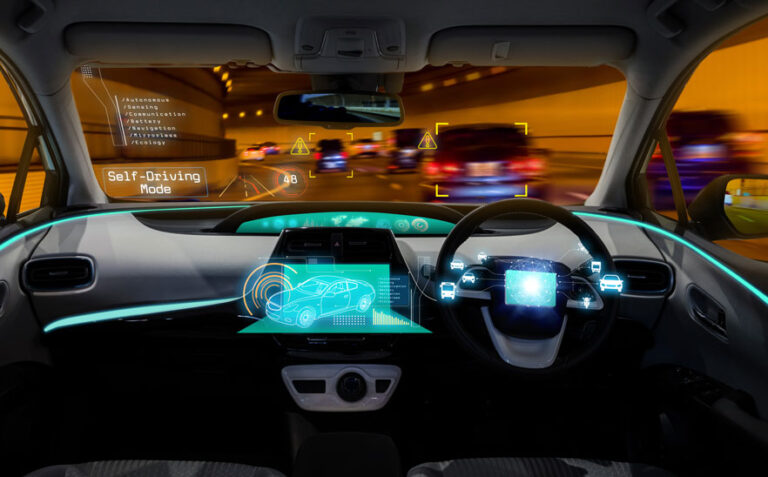Thatcham Research is providing much needed clarity to the automotive, automotive repair and insurance industries on how to manage vehicle repairs involving ADAS, such as Autonomous Emergency Braking (AEB) and Adaptive Cruise Control.
More than 10 per cent of vehicles on the road today are fitted with AEB, equating to some four million cars. However, there is a dearth of information on how to approach the repair of these safety critical systems.
Richard Billyeald, Chief Technical Officer comments “As ADAS continues its ever-increasing penetration into the car parc, the lack of a clear approach to the repair of ADAS-equipped vehicles is having an effect across the whole repair industry. For their own peace of mind, insurers and repairers need proof that they have taken all reasonable steps to reinstate the safety functions of a vehicle before returning it to the road.”
The Thatcham Research position on the safe repair of ADAS:
If ADAS sensors, or parts that are in proximity to ADAS sensors, are included in a repair specification, calibration post repair must be completed to confirm sensors are functioning to the vehicle manufacturers’ specified tolerances.
In addition, to enable identification and safe repairs involving ADAS, vehicle repairers should:
- Assess for the presence of ADAS sensors and record the outcome clearly;
- Research and seek guidance from relevant repair methods and calibration instructions;
- Ensure all calibration activities are completed by currently competent technicians;
- Complete system calibration in accordance with the relevant repair method / instruction;
- Be able to demonstrate that the calibration of all affected sensors has been completed and that the results of the calibration confirms functionality within the vehicle manufacturer’s specified tolerance – unless stated otherwise in the repair specification;
- Where no specific repair guidance exists, and functionality cannot be proven through systemised calibration, then advice should be sought from the vehicle manufacturer’s dealership network and appropriate action taken prior to vehicle release;
- If vehicle manufacturer information states dynamic calibration, this should be completed and confirmed prior to vehicle release.
Billyeald continues, “ADAS supports the driver to prevent a crash in the first place. This represents a huge step forwards for vehicle safety and the transition into more advanced assisted and Automated Driving will continue to raise the safety bar. However, whilst that benefit may be fully realised on a new car, maintaining it once a car has been repaired is vital.”
“The whole industry needs to work together to make sure ADAS repairs are safe and vehicles are returned to the road quickly and efficiently. Equipment suppliers must ensure that verifiable evidence of a successful calibration is provided. Repairers must invest in training to ensure competent persons are reinstating ADAS safely. And Vehicle Manufacturers must provide ADAS fitment data and consistent advice around which repair scenarios will result in successful ADAS calibration.”
Laurenz Gerger, policy adviser for motor insurance at the Association of British Insurers, said: “Insurers are major supporters of systems which improve vehicle safety and reduce the frequency and severity of crashes. With a number of assistance systems set to become mandatory from 2021, it will be even more important to have clear guidance on managing vehicle repairs involving them. Ensuring these high-tech systems are working effectively after a repair is an important part of putting a vehicle back onto the roads and we are committed to helping establish the standards and processes to make sure this happens.”
In addition to the information issued today, Thatcham Research has created a guide for repairers on ADAS system calibration requirements and identifying component locations and functions. Please contact Dean.Lander@thatcham.org for a pdf version.
Thatcham Research is also working with the industry to develop a Code of Practice and has commenced a round of consultation with Vehicle Manufacturers, insurers, windscreen repair and replacement companies, equipment providers and repairers. The full Code of Practice will then be released later this year.






